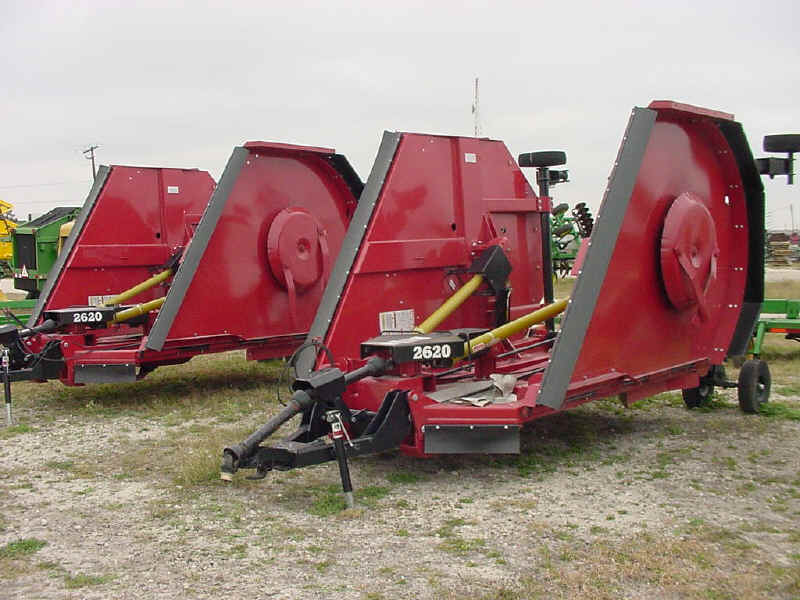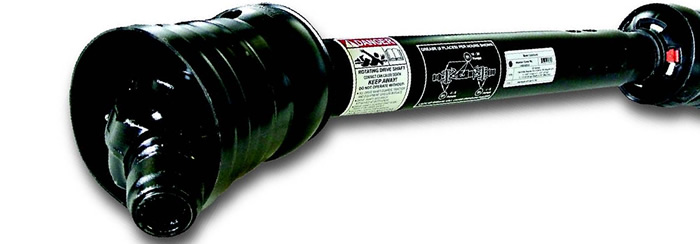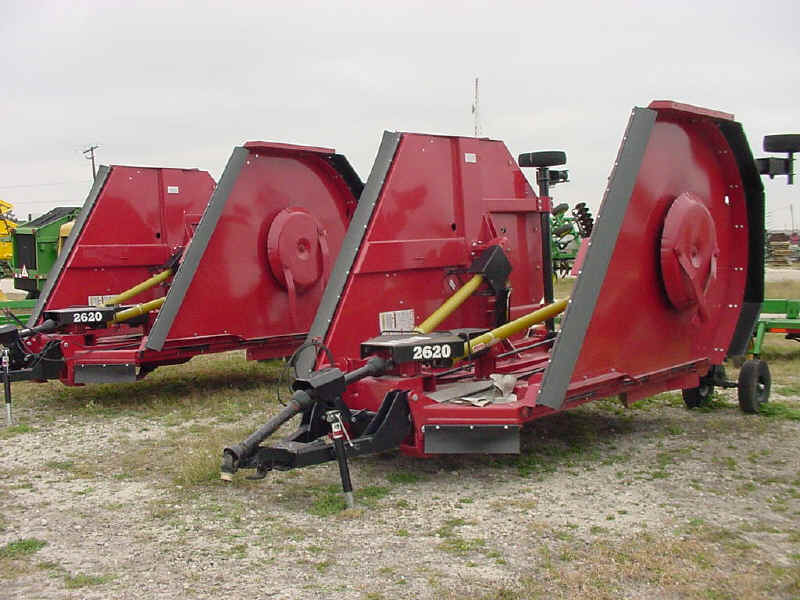
5 Questions You Need Answered
Now that you know how to identify an agricultural driveline and are familiar with its components, the next step is to look at an improvement to the traditional PTO. That improvement is the use of a Constant Velocity, or CV, driveline to optimize the potential of your farming equipment. The CV driveline is a technological advancement to the traditional method of connecting a tractor to farming implement.
To examine the potential of a CV driveline for your agricultural needs, here are five questions you need answered:
- What are the benefits of a CV driveline?
- How is a CV identified?
- Which implements should use a CV driveline?
- Does my CV need to be 50 degrees or 80 degrees?
- What are maintenance tips for CV drivelines?

What are the benefits of a CV driveline?
In connecting a tractor to implement, the CV driveline utilizes a connected universal joint that delivers constant power at a constant rotational speed. This gives the mechanism a smooth operational capability through a wide range of motion. Further benefits above those of traditional PTO are larger operating angles, increased turning capabilities, higher speed applications and minimal vibrations which allow you to maneuver the tractor and implement as needed.
How is a CV identified?
Like traditional PTO, there are three major manufacturers of CV drivelines: Weasler Engineering, Bondioli & Pavesi and Walterscheid. The basic components for CV and traditional PTO are the same except for the center housing that connects the universal joint yoke assembly from the tractor to the driveline shaft. An extended cross and bearing kit can also be used for increased capacity. Often, a clutch is placed on the implement end for overload protection, to dissipate heat and/or to balance the torque.
Which implements should use a CV driveline?
Some of the best types of farming equipment to use a CV driveline on are:
- Flex Wing Mowers (Batwing cutters)
- Round hay balers
- The primary shafts on haybines/MOCO’s
- Grain augers/carts
- Peanut harvesters
- Essentially any kind of “pulled type” equipment

These types of implements are designed to operate at a PTO speed equal to that offered by a CV driveline, which is between 540 and 1000 RPM. When operating at these speeds the implements will see reduced vibration and/or clattering. Also, the terrains in which these implements are used often contain steep inclines or ditches where the increased angle capabilities the CV provides are important.
Does my CV need to be 50 degrees or 80 degrees?
Weasler Engineering produces two types of CV drivelines. The first is a CV with a 50-degree angle maximum for short duration or standstill work and is designed more for stationary types of operations than continuous movement. The second CV has an 80-degree angle maximum short duration or standstill work and is used more for operations requiring continuous movement and frequent changing angles.
This type of equipment would be:
- Secondary shafts on haybines/MOCO’s
- Grain augers/carts
- Most any kind of “stationary type” equipment
As an improvement to the 80-degree driveline, Weasler offers what’s called an “Equal Arm” CV joint which features lighter center housing, easier greasing access and a standard cross and bearing kit with equal dimensions, among other upgrades.
What are the maintenance tips for CV Drivelines?
To inspect the CV joint for damage the first step is to remove the guard from the assembly. Use a flathead screwdriver to lift the red tab on the guard. Next rotate the guard to match the notches on it with the pegs on the guard bearing. Once they are lined up, then simply pull the joint out away from the guard to inspect. If damage is present it is usually more economical and recommended to replace the entire CV rather than try to fix it piece by piece. The two main causes of CV failure are the lack of lubrication and over angling the shaft. While the CV joint allows for improved angles of operation, the effective life will be diminished as joint angles are sustained or pushed over their working limits. It is also recommended for the CV to be properly lubricated every eight working hours for optimal performance.
Shop our driveline products
Need help?
Call 800-669-9650 to speak with a member of our Customer Service team at any of our locations (Knoxville, TN; Marietta, GA; Orlando, FL; Charlotte, NC; Little Rock, AR; Fort Worth, TX; Benton, IL; Madisonville, KY; Princeton, WV; Birmingham, AL; Calvert City, KY) or choose from our selection.
